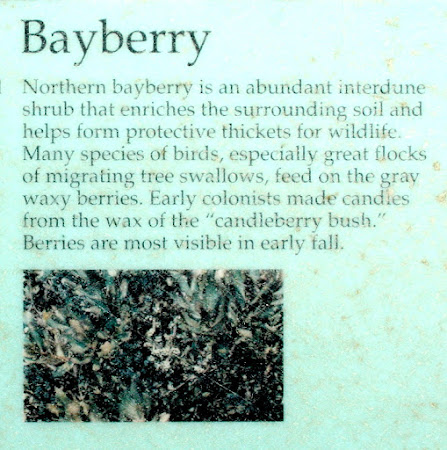Like other violets, the downy yellow has five petals: one lower (front), two side, and two upper (or rear). These are all lined with dark veins, strongest on the lower petal, in the throat of the flower. They may serve as "runways" to lead various bees, flies and small butterflies to the nectar and pollen. The attractive flowers bloom in May and early June, but a version without petals (cleistogamous) can continue through summer and into fall.
My experience with Downy Yellow Violet is finding it growing in large patches at the edge of rich swampland (photo below), specifically maple-ash swamps (although the ash trees have since died from the Emerald Ash Borer, an invasive wood-boring beetle that attacks the tree's nutrient-carrying vessels). While it also can be found growing on floodplains along the banks of stream and rivers, this violet species is capable of growing as solitary plants in dry woodlands and sometimes in meadows and thickets.
As the name implies, the stems, stalks and alternate leaves are usually downy with soft, velvety hairs. Wide, heart-shaped leaves grow mainly on the stem of the plant. Occasionally there is a basal leaf. A hairless version of this plant, appropriately called Smooth Yellow Violet (Viola eriocarpa, syn. V. pensylvanica), was often considered a co-specific subspecies (Viola pubescens eriocarpa). Those leaves are narrower and there's often one or more at the base. Another similar yellow species is the so-called Round-leaved Yellow Violet (Viola rotundifolia) which has only basal leaves. (The name is misleading as the leaves are still somewhat heart-shaped.)
The Downy Yellow Violet is edible but the flowers contain a chemical called ionone which interferes with scent receptors in the nose. I suspect this may be a defense against over-browsing by cottontail rabbit, eastern chipmunk, and the wood turtle. Several references mention that violets are resistant to damage by deer, likely due to one or more chemical defenses.
Once fertilized, the ovary develops into a pointed, oval capsule that splits three ways to release numerous, light-colored seeds which can become food for doves, grouse, turkeys, juncos, other birds and small mammals like mice. Ants often carry uneaten seeds to new areas, thereby dispersing the violets and potentially expanding the flower's range at the local level. However, I suspect it's too slow to keep pace with climate change which tends to shift species' ranges northward in addition to changing their phenological timing. Please feel free to comment below.
----------------------------------------------
For those of you in Pennsylvania (my original home state), Downy Yellow Violet is found in all but possibly one PA county. (The USDA Plant Database map, when zoomed in to the county level, has it absent from Cameron, Union, Columbia and Cumberland Counties. However, BONAP's county distribution map shows only two "missing" counties: Cameron and Columbia, but the Mid-Atlantic Herbarium has collected samples from Columbia and Union.) Since Cameron County is totally surrounded by known locations, I suspect that a diligent search, or serendipitous wanderings, would blanket the entire state with sightings. Please contact me with any photos you might have from questionable counties. I'm also interested in sightings of deer or other herbivores eating violets as well as insect pollinators visiting violets. Ants carrying seeds is now on my to-do list for spring/summer.
[all photos and text in this blog © Dave Spier]

_%C2%A9DaveSpier_CS,NY_May9'91.JPG)
_%C2%A9DaveSpier_CS,NY_May9'91.JPG)

_%C2%A9DaveSpier_Junius,NY_Jun12'04.JPG)









